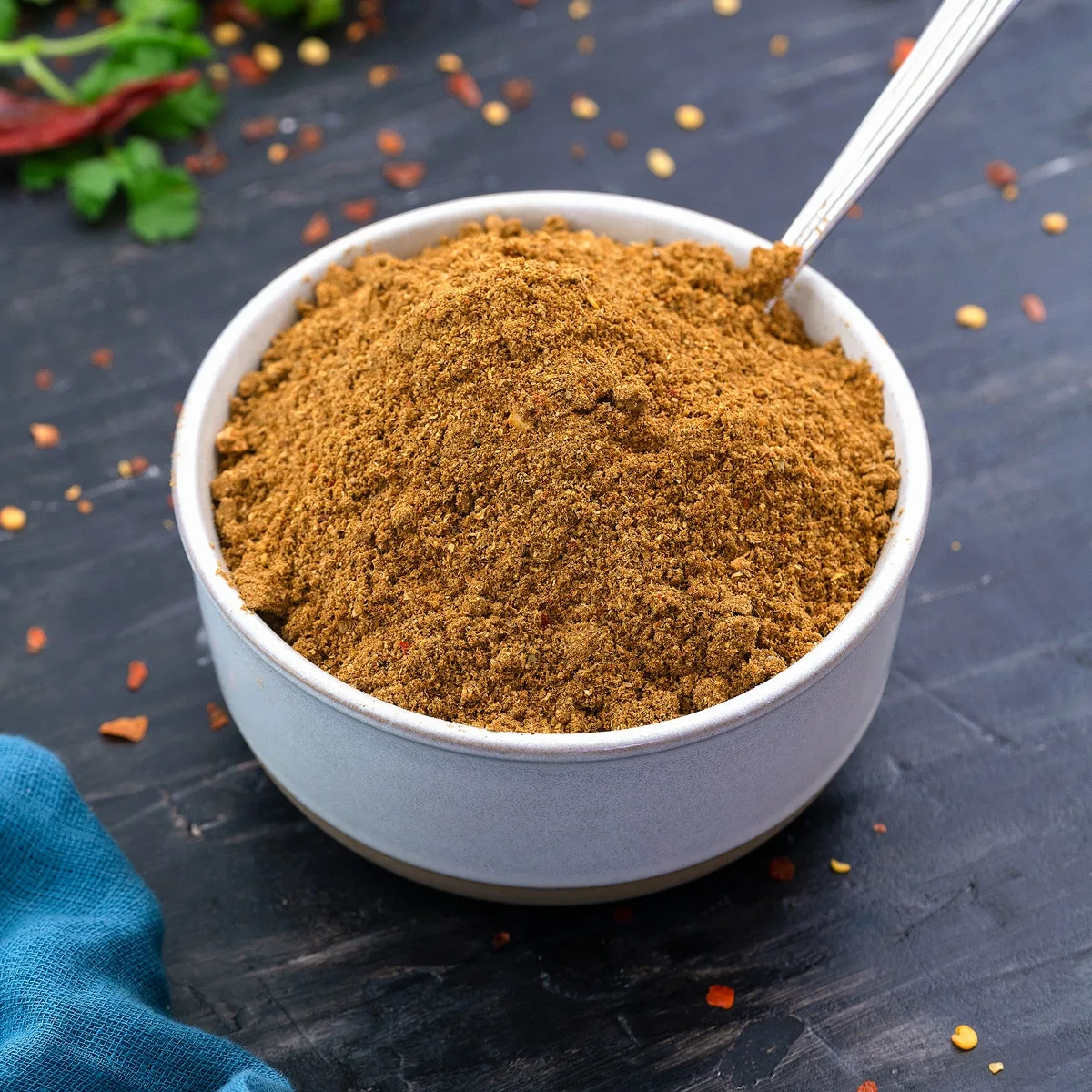
The Origins of Garam Masala
Garam Masala, literally meaning "hot spice blend," has been an integral part of Indian cuisine for centuries. Its origins can be traced back to the Mughal era, where it was developed as a sophisticated blend of warming spices to enhance the flavor and aroma of royal dishes.
Regional Variations
What makes Garam Masala truly fascinating is its regional diversity. Each part of India has its own unique version:
- North Indian: Typically includes black pepper, cardamom, cinnamon, cloves, and cumin
- Bengali: Features a sweeter profile with the addition of nutmeg and mace
- Maharashtrian: Known for its spicier version with more black pepper
- Gujarati: Often includes fennel seeds for a distinct flavor
Health Benefits
Beyond its culinary uses, Garam Masala offers numerous health benefits:
- Improves digestion and metabolism
- Contains anti-inflammatory properties
- Rich in antioxidants
- Helps in maintaining body temperature
- Supports respiratory health
Culinary Uses
Garam Masala is typically added towards the end of cooking to preserve its aromatic properties. It's used in:
- Curries and gravies
- Rice dishes like biryani
- Marinades for meats
- Vegetable preparations
- Some desserts and beverages
Making Your Own Garam Masala
While store-bought Garam Masala is convenient, making it at home allows for customization. Here's a basic recipe:
- Dry roast whole spices (cinnamon, cardamom, cloves, black pepper, cumin)
- Cool the spices completely
- Grind to a fine powder
- Store in an airtight container
Cultural Significance
Garam Masala represents more than just a spice blend - it's a symbol of Indian culinary heritage. It embodies the country's rich tradition of spice trading and the art of balancing flavors. In many Indian households, the recipe for Garam Masala is passed down through generations, making it a cherished family secret.
Pro Tip
For the best flavor, toast whole spices before grinding them into Garam Masala. This releases their essential oils and enhances the aroma.
 Bhavyarsh Team
Bhavyarsh Team